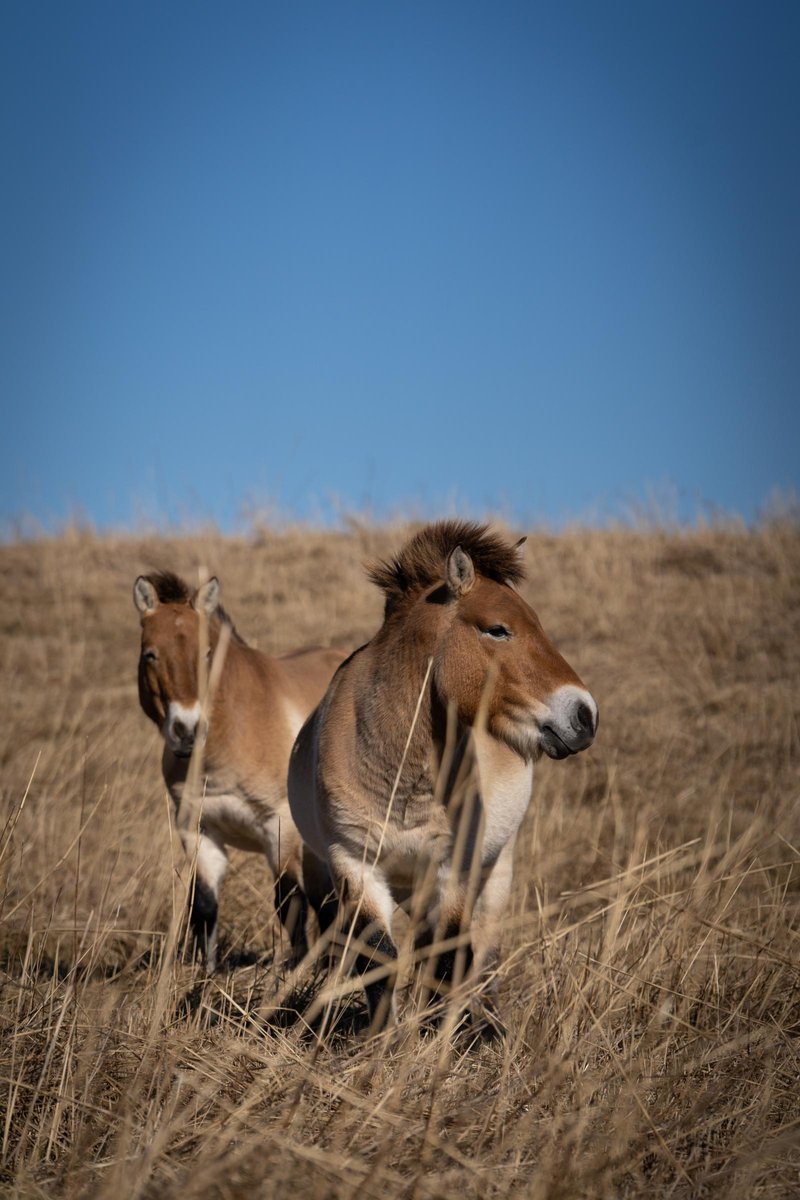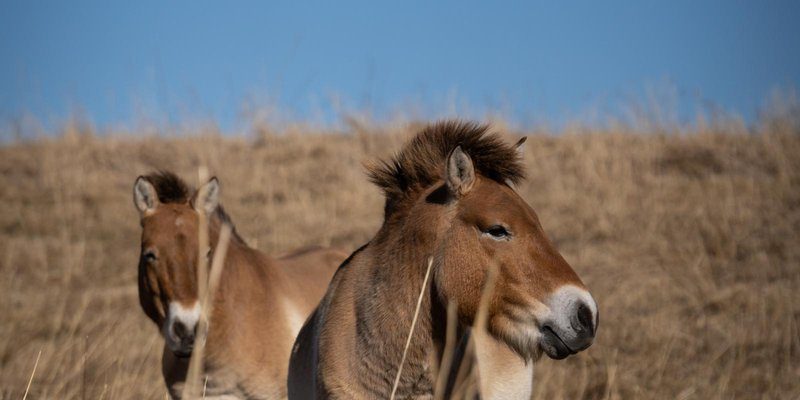
You might be wondering what makes Przewalski’s horses so special. Well, unlike domestic horses that we often see in farms and stables, these horses live in herds and form strong family bonds. Their parenting style is a blend of instinct and social cooperation, creating a nurturing environment for their foals, or young horses. Let’s dive deeper into the world of Przewalski’s horses and explore how they raise their young in the wild.
Understanding Przewalski’s Horses
Przewalski’s horses, also known as *Equus ferus przewalskii*, are distinct for several reasons. First off, they’re smaller than most domestic horses, standing about 4.5 to 5 feet tall at the shoulder. Their stocky build, with a short mane and a distinctive dark stripe along their back, make them easily identifiable. Originally thought to be extinct in the wild, dedicated conservation efforts have brought them back from the brink, with populations now roaming protected areas in Mongolia.
These horses are social animals, typically living in small family groups. A herd usually consists of one stallion, several mares, and their offspring. The social structure plays a significant role in how they raise their young. The bond between mothers and foals is particularly strong, ensuring that foals receive abundant care and guidance as they grow. This dynamic makes for a nurturing environment where young horses learn essential survival skills.
The Role of Mothers in Raising Foals
Przewalski’s horse mothers, known as mares, are the primary caregivers for their young. From the moment a foal is born, the mare is dedicated to its well-being. For about the first week of life, the foal stays close to its mother, relying on her for warmth, security, and nourishment. The first few days can be critical; foals must learn to stand and walk quickly to keep up with the herd and avoid predators.
One interesting aspect of the mare’s role is the way she teaches her foal about the environment. Mares often lead their young to different grazing areas, helping them learn where to find the best food. This education is vital; young horses need to understand their habitat to survive independently. Isn’t it fascinating how these natural instincts guide their parenting?
Social Learning and Interaction
In the wild, social learning plays a huge part in how Przewalski’s horses raise their young. Foals don’t just learn from their mothers; they observe and interact with other herd members too. Herd dynamics are crucial for a foal’s development. They watch older horses as they graze, run, and socialize, picking up on social cues and appropriate behaviors.
As foals grow, they start to play with other young horses in the group. These playful interactions are not just fun; they help develop important skills like coordination and social bonding. You might find a group of foals racing across the grasslands, testing their speed and agility as they frolic. Through play, they also learn how to resolve conflicts and establish their place in the herd hierarchy.
The Importance of Environmental Awareness
In the wild, danger is always lurking, and young horses need to be aware of their surroundings. Mare’s not only teach their foals about finding food but also about detecting predators. A mare will often stop grazing to scan the environment, teaching her foal to be vigilant.
This awareness is essential for survival. A sudden movement in the grass could signal a predator like a wolf or a fox. Foals learn to recognize these signs early on, which is a life-saving skill. It’s incredible how these animals instinctively know what their young need to learn, right from understanding where to find food to how to avoid danger.
Group Protection and Support
The herd plays a vital role in protecting the young. If a threat arises, it’s not just the mare defending her foal but the entire group. Horses are known for their collective response to danger. They form a protective circle around the young, using their size and strength to fend off any predators.
This cooperative behavior is one of the reasons why Przewalski’s horse herds can thrive despite the challenges of the wild. The support and protection from other mature horses not only bolster the foal’s chances of survival but also strengthen social bonds within the herd. Each member looks out for one another, creating a strong community.
Challenges in the Wild
Despite their adaptations, raising young in the wild is fraught with challenges. Foals face threats from predators and harsh environmental conditions. Droughts or extreme weather can lead to food scarcity, putting additional strain on the herd. These challenges make the role of the mare and the support of the herd even more crucial.
Moreover, human activities such as habitat destruction can impact their breeding and survival rates. Conservation efforts are vital to ensure these majestic creatures continue to flourish. Programs that protect their natural habitats and monitor population health are essential in securing the future of Przewalski’s horses.
Przewalski’s horses have a rich history and a unique way of raising their young, highlighting the beauty of life in the wild. Through the dedication of the mares and the support of the herd, foals learn critical skills that will help them survive. It’s a beautiful reminder of how interconnected life can be and how important it is for communities to come together—whether in nature or our own lives.
As we learn more about these incredible horses, let’s also remember the importance of supporting their habitats and the ongoing conservation efforts. Protecting Przewalski’s horses means preserving a piece of our natural heritage, ensuring future generations can marvel at these truly wild creatures.

